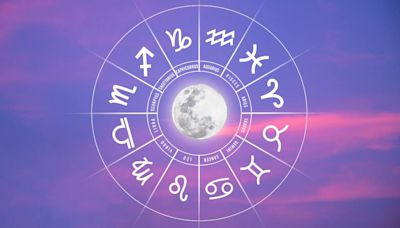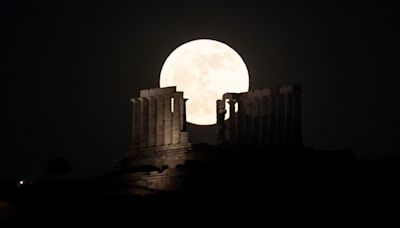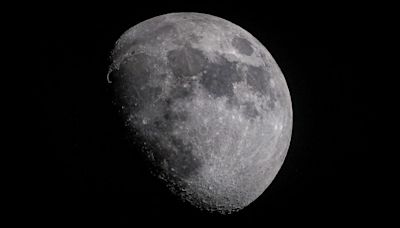Search results
The Moon is Earth 's only natural satellite. It orbits at an average distance of 384,400 km (238,900 mi), about 30 times the diameter of Earth. Over time Earth's gravity has caused tidal locking, causing the same side of the Moon to always face Earth.
1 day ago · Moon, Earth’s sole natural satellite and nearest celestial body. Known since prehistoric times, it is the brightest object in the sky after the Sun. Its name in English, like that of Earth, is of Germanic and Old English derivation.
- James D. Burke
Learn about Earth's Moon, its origin, phases, weather, and more from NASA. Discover how the Moon affects our planet and solar system, and explore its history and future missions.
Learn about the Moon's origin, structure, surface, orbit, phases, and potential for life. Find out how the Moon affects Earth's climate, tides, and exploration.
Sep 7, 2023 · The Moon’s outer layer is a thin, rocky crust made up of oxygen, silicon, magnesium, iron, calcium, aluminum, and trace elements like potassium, titanium, and uranium. Beneath the lunar surface ...
People also ask
What are the different types of moons?
How are moons named?
How many moons are in our solar system?
Learn how the Moon orbits Earth, why we only see one side of it, and how its tilt affects eclipses. Explore the Moon's features, history, and missions with NASA's videos and resources.
May 6, 2024 · Learn about the Moon's features, phases, history and exploration with NASA. Find out how the Moon was formed, what it looks like from Earth and space, and why it is important for science and culture.






























